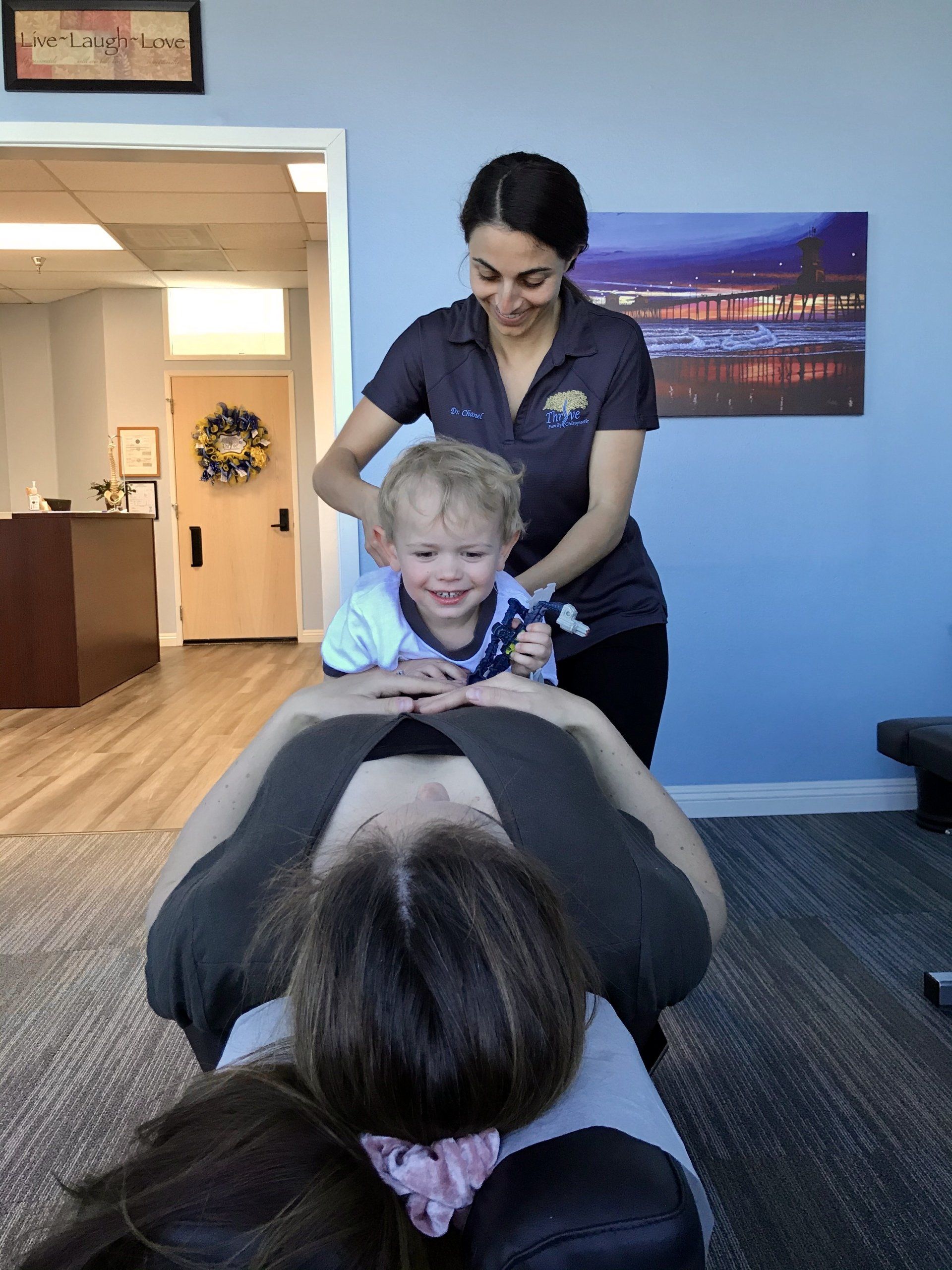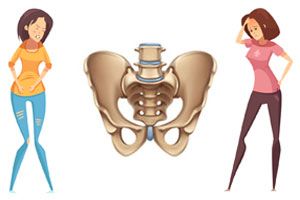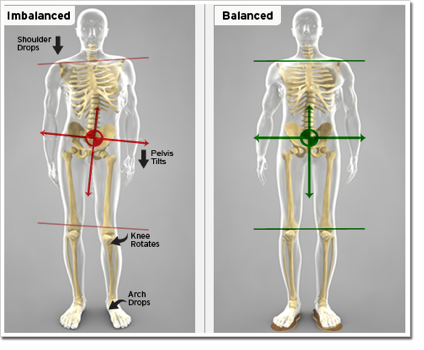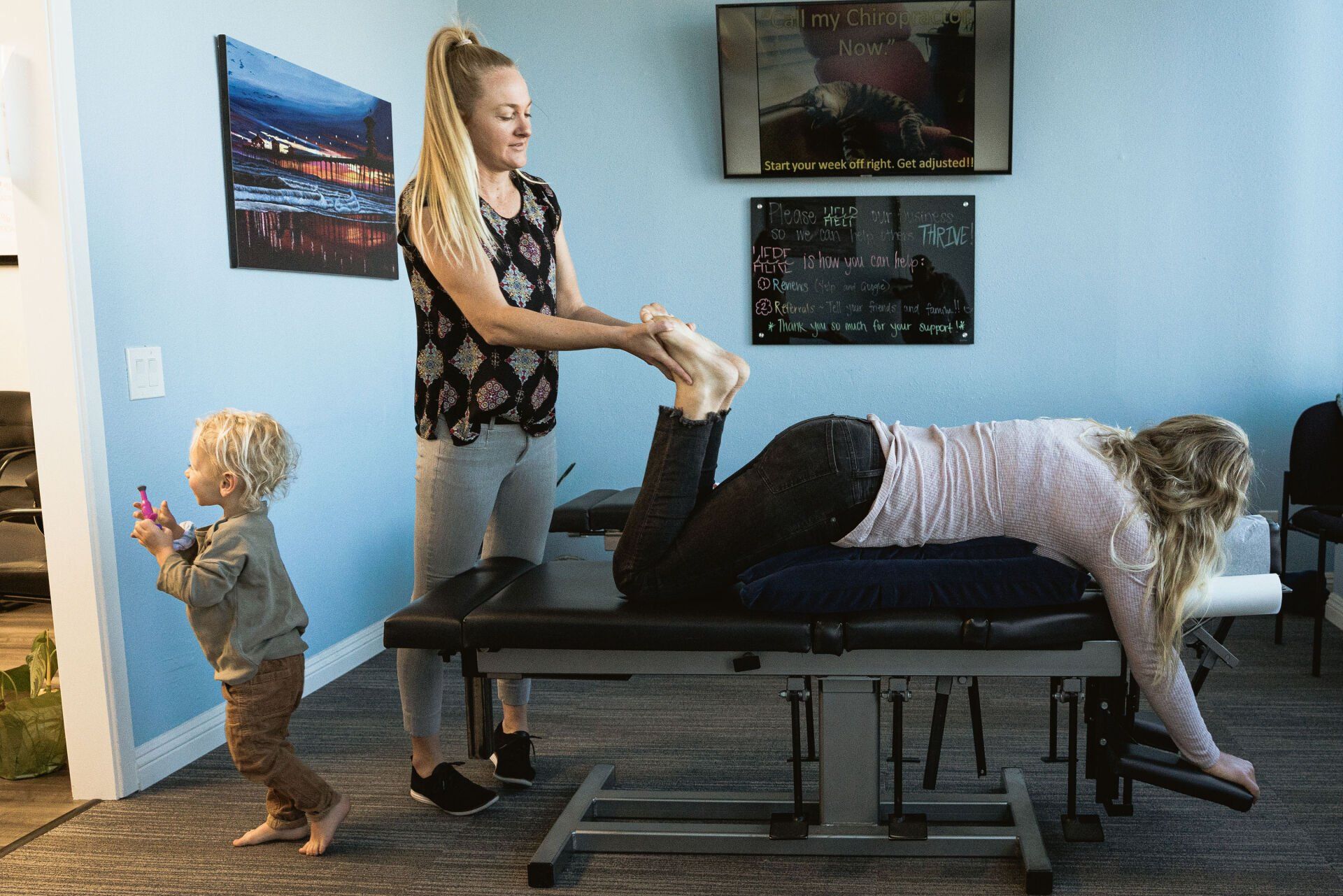Spinal Stress
Does this look like you while working from home??
With millions of people now making the change from working in an office, to working from home, we are seeing a huge rise in back pain, neck pain, stiffness, and neurological symptoms. Could it be from the incredible amount of stress we are putting on our spines?
Short answer, yes.
Long answer, still yes, but let's explain. The spine is NOT designed to sit for long periods of time. In fact, our lifestyle of sitting at a computer is completely changing the structure of our spines. Our spines should have 3 major curves in them. The curve of the neck should be "C-shaped" and about 45 degrees. However, when we spend hours a day on our computers, phones, and other electronics, we are degrading that curve at a faster rate than the body can repair it.
Curves allow our body to remain mobile and flexible. When a spine loses those precious curves, it becomes hard and stiff. This leaves us all vulnerable to injury, even in the simplest movements! It also wears out the spinal joints quickly creating arthritis that is irreversible. Arthritis causes chronic pain in the spine. The only way to cure it, is in prevention!
The neck isn't the only area getting beat up by working at a desk. The low back has a large curve in it as well. When we are in a seated position it flattens that curve, crushing the nerves that exit the lumbar spine. The discs in the low back tend to degrade and dry out faster in people who have desk jobs. Since there is no disc replacement surgery, people are left trying to manage injured discs for the rest of their lives. The strain and tension put on the muscles, ligaments, discs, joints, and alignment of the low back can be felt for years even when they are not sitting long periods anymore.
Here is some free advice to alleviate these postural issues in the spine.
1. Put your computer monitor up high. The bottom of the screen should be at eye level. So that you are always looking slightly upwards.
2. Get a lumbar support for your desk chair.
3. Your arms should sit at a 90/90 position on your chair and desk surface.
4. Sit back in your chair. Do not hunch forward. Keep your shoulders and neck back.
5. Get blue blocking light glasses or screen for your monitor to minimize eye strain.
posture, spinal stress, posture corrector










